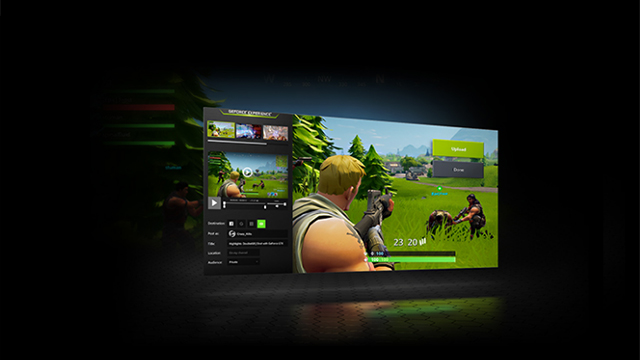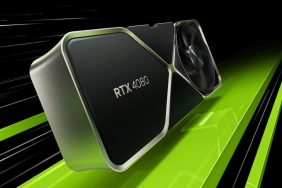Nvidia RTX power consumption might sound like the least of an enthusiast’s worries. You would think that after two years without a new next-gen GPU, PC gamers would be focused far more on the raw power of a card rather than the power it draws from the wall. In most cases, you would be right, but higher than expected power draw meant Nvidia has looked into, and somewhat solved, the concern of its new RTX graphics cards amping up customer’s energy bills.
According to TechPowerUp, Nvidia originally responded to a question fronted by their reviewer who noticed “surprisingly high non-gaming power consumption” while testing out Nvidia’s new flagship gaming GPUs. Nvidia responded by letting the site know that the issue was being worked on and that a fix would be delivered through a future driver update. Yesterday, September 27, was that day, and the website retested their RTX 2080 and 2080 Ti cards to confirm that the quiet driver rollout did in-fact lower those previously reported power draw concerns, but it’s a long way from solving them for good.
It was clear that GeForce graphics driver version 411.70 managed to bring RTX power consumption down by around 33% when running idle on a single-monitor setup. That’s potentially the more common scenario here, but it still represents the best case of this new driver.
When it comes to what TechPowerUp considers as a “semi-professional” setup, multi-monitor power savings aren’t quite so rosy. Updating their graphs between the new and old drivers shows a single watt increase on idle power consumption when running these two new cards on multi-monitor setups.
Sadly, the lukewarm news continued further into testing. During gaming benchmarks, TechPowerUp observed both increased and decreased power draw across the board, but only by 1 or 2 watts. An average gaming workload saw the cards draw two watts more with the new 411.70 update, while peak gaming workloads saw a difference of between 0-1 watts. A single-watt change means the 411.70 update did practically nothing for non-idle RTX power consumption.
Getting into the finer details, the website found that the driver allowed for a 50% decrease in memory frequency in the single-monitor and blu-ray tests where the greatest power saving values were observed. But other than a slight idle voltage decrease slapping onto the RTX 2080, there isn’t much to say on the matter other than Nvidia has attempted to curb power draw from these new cards, but to unimpressive results.







